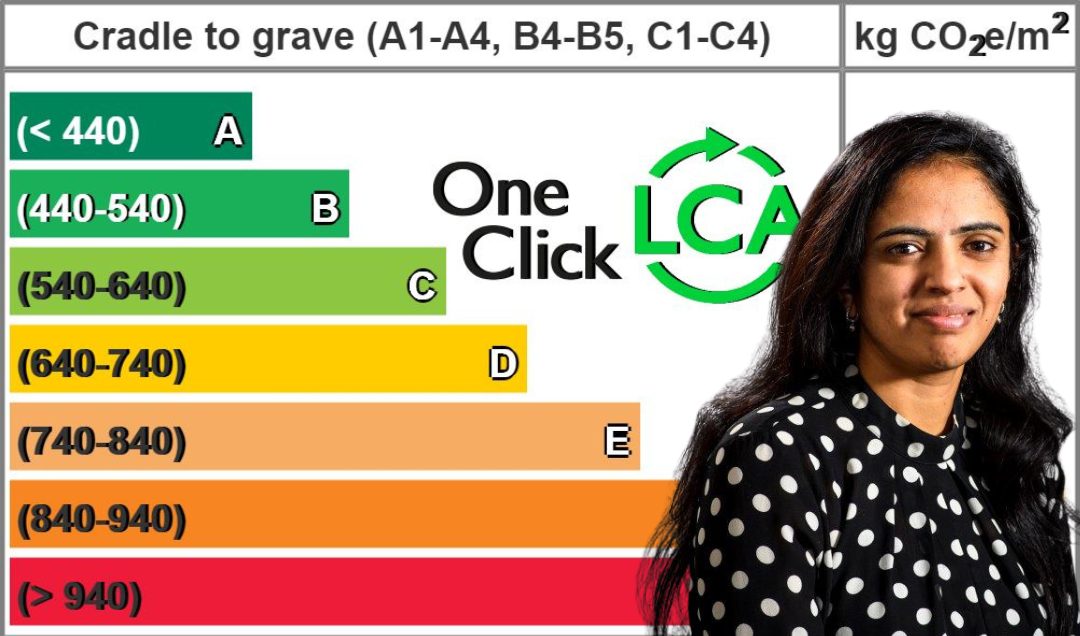11 March 2024
Clifford Devlin recently collaborated with FHP to conduct quantity estimation for two large office buildings located in the southwestern part of Greater London. The purpose of this estimation was to calculate the embodied carbon for the existing structures. One of the buildings, over 36 years old, has a gross floor area (GFA) of approximately 47,000 sqm, while the other, 17 years old, has a gross floor area (GFA) of approximately 11,000 sqm. This assessment was led by our Senior Estimator, Ramya Bhadri.
Global energy related CO2 , the greenhouse gas emissions are the dominant cause of global warming. Buildings are currently responsible for 39% of global energy related carbon emissions: 28% from operational emissions, from energy needed to heat, cool and power them, and the remaining 11% from materials and construction. Embodied carbon relates to the greenhouse gas emissions associated with the non-operational phase of a building project, namely the emissions released through extraction, manufacturing, transportation, assembly, maintenance, replacement, deconstruction, disposal, and end of life aspects of the materials and systems that make up a building. The only way to limit this significant climate change is by achieving net zero carbon across the built environment sector. Which is a long way to go but the good news is the journey has started.
Due to the absence of Bills of Quantity for both constructions, obtaining precise amounts from the design drawings proved challenging. Additionally, the structural drawings were limited. Despite these constraints, Ramya completed the quantity estimate for both buildings by utilizing available information and conducting a detailed site visit. The estimation focused primarily on major structures, including sub-structure and superstructure, while the interior design quantities were limited to broader categories such as partition walls, carpets, raised floors, suspended ceilings, and kitchen cabinets.
The lack of a material specification list and restrictions on an intrusive survey at the building premises prevented the accurate estimation of finer raw material specifications. Nevertheless, Ramya conducted a quantity estimate for foundational elements, columns, beams, façade systems, etc.
Ramya made diligent efforts to provide as much information as possible for the existing buildings. Additionally, she also prepared a report on the recyclable amount of materials in the event of demolition of the buildings before the end of their service life.
Juhi Bhowal, Intermediate Sustainability Consultant at FHP ESS commented ”Together, we’ve not only reached a significant milestone but also laid the groundwork for a greener, more sustainable future. Here’s to many more innovative projects and impactful contributions in the journey ahead!”.
Clifford Devlin are continuously working towards a net zero goal as part of our carbon reduction plan. This successful collaboration is another positive step in the right direction. Well done to our team who work hard to achieve our sustainability and environmental targets.









